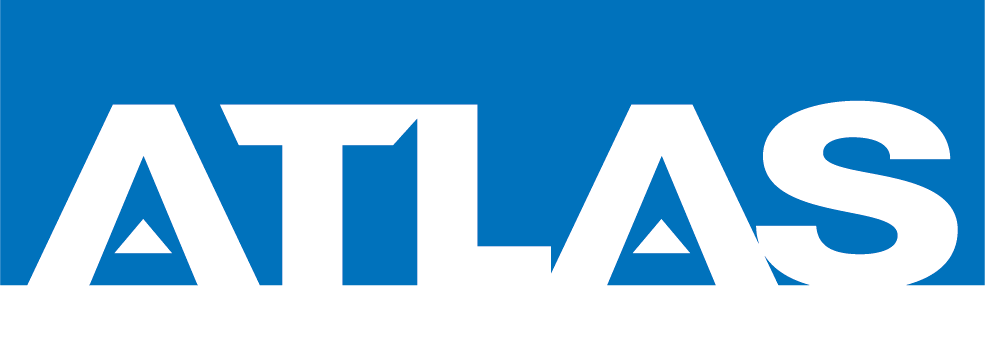 Non-profit organizations may not always operate under a commercial business model, but they do collect money and interact with many third parties, and in many cases, non-profits also pay employees. These valuable relationships can lead to liability risks, potentially resulting in significant financial losses, temporary closures, and regulatory noncompliance.
Non-profit organizations may not always operate under a commercial business model, but they do collect money and interact with many third parties, and in many cases, non-profits also pay employees. These valuable relationships can lead to liability risks, potentially resulting in significant financial losses, temporary closures, and regulatory noncompliance.
We’ve compiled this list of the top liability risks for non-profit organizations in Hawaiʻi. Founders can review this list to make sure their group is protected with the right non-profit insurance protection.
1. Financial and Impersonation Fraud
Financial fraud occurs when a company insider keeps donations for themselves, misrepresents spending and earnings data, or mismanages the non-profit’s funds in another way. Financial fraud can be intentional, but it also often results from unintentional mistakes made by inexperienced non-profit staff, who may be unpaid volunteers.
Impersonation fraud occurs when a scammer steals identifying information from a non-profit business to collect donations for themselves. For example, they may hack the business’s donation page or set up a fake lookalike page that routes donors from the non-profit’s URL. By doing this, scammers can solicit donors for money in the guise of an established organization.
2. Bodily Injury
Many non-profit organizations host public events, including fundraisers, galas, concerts, and more, where donors gather to support the organization. This leads to liability concerns, many of which overlap with commercial businesses.
These concerns include bodily injury claims from visitors resulting from slip-and-fall accidents, food poisoning, or equipment and property-related injuries. Any of these incidents can lead to a lawsuit, requiring the non-profit to pay medical costs, legal fees, and more.
3. Workers’ Compensation
Public events are not the only risk of bodily injury claims that non-profit organizations should consider. Staff, regardless of whether they are employees or volunteers, can be injured on the job and hold the non-profit liable for damages.
Workers’ compensation insurance covers medical expenses, lost wages, and legal fees when employees are injured on the job. In addition to carrying workers’ compensation insurance, non-profit organizations can reduce their liability by inspecting event spaces and work facilities to identify potential injury risks beforehand.
4. Cybersecurity
 Non-profit organizations collect financial data and sensitive information from their donors, and store their employees’ identifying information on company servers. If these servers are compromised, non-profit organizations may lose the trust of their donors or endure legal consequences.
Non-profit organizations collect financial data and sensitive information from their donors, and store their employees’ identifying information on company servers. If these servers are compromised, non-profit organizations may lose the trust of their donors or endure legal consequences.
In the event of a data breach, non-profits must demonstrate digital security systems compliant with Hawai’i’s revised statutes, including training protocols, encryption, and notices of any breaches that do occur.
Since many non-profits employ volunteers, staff education on common cybersecurity threats is important to mitigating the damage of potential breaches. Updated cybersecurity protection, including cyber liability insurance, is also essential for non-profit organizations.
5. Commercial Property Damage
Non-profit organizations have many physical assets to protect, including properties, buildings, signs, equipment, and more. In Hawaiʻi, natural disasters can result in wind and flood damage to physical assets. The Maui wildfires of 2023 cost businesses billions of dollars in commercial property damage.
Commercial property insurance is designed to protect businesses from these losses. It can also be tied into business interruption insurance, which covers a non-profit’s financial losses when property damage causes a temporary closure. In addition to replacing the damaged assets, interruption insurance may cover operating costs, relocation costs, and lost donations during the closure.
6. Mismanagement
A board member’s mismanagement can lead to short-term financial costs, such as budget shortfalls resulting from ineffective financial oversight or resource misallocation. However, more serious issues of mismanagement can pose even greater liability threats.
Managers guilty of conflicts of interest, non-compliance with financial duties, or failure to document donations will experience legal liabilities. Directors and Officers Liability Insurance (D&O coverage) allows non-profits to mitigate the financial fallout of board member misconduct.
7. Reputation Damage
Any liability risk can cause irreparable harm to a non-profit’s reputation. After a cybersecurity breach or an instance of board member misconduct, the organization may have difficulty securing the confidence of its donors. A damaged reputation can lead to serious backlash, including negative press coverage, lawsuits, and potential loss of non-profit status.
Reputation Risk insurance is a type of policy designed for large organizations, including non-profits, that covers the costs of crisis management, including slander and other reputational damage. The amount of reputation insurance a non-profit needs depends on its individual risk factors. An experienced local insurance agency is essential to finding an insurance plan that covers all of a non-profit business’s bases.
Contact Atlas for Non-Profit Insurance Tailored to Your Group
 Non-profits in Hawaiʻi must prepare for both general and specific liability risks. While financial and commercial property liabilities are similar to consumer businesses, they also have industry-specific risks. These involve liability risks such as threats to their reputation, cybersecurity failures, impersonation fraud, board member mismanagement, and more.
Non-profits in Hawaiʻi must prepare for both general and specific liability risks. While financial and commercial property liabilities are similar to consumer businesses, they also have industry-specific risks. These involve liability risks such as threats to their reputation, cybersecurity failures, impersonation fraud, board member mismanagement, and more.
At Atlas Insurance, our agents build on nearly a century of experience helping non-profit organizations in Hawaiʻi prepare for their top liability risks. Contact our team today to learn how customized liability insurance can safeguard your non-profit organization from these and other liability risks.
